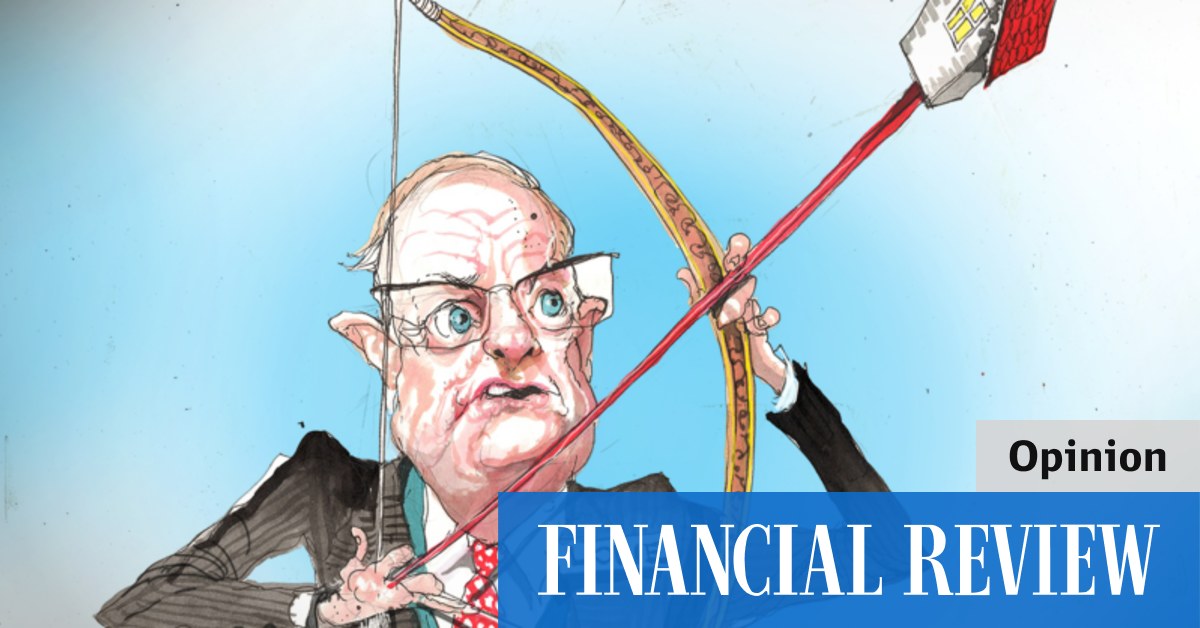Second, he believes that by front-loading rate rises, the RBA has got in front of wage growth in Australia. As inflationary pressure eases over the next 12 months, upwards pressure on wages should also reduce, giving the RBA less to do.
“I don’t think it’s quite as urgent here as it is in the US, where wage growth has been much stronger,” he says.
The caveat to Redican’s view is that uncertainty remains high; a fresh outbreak of rising energy prices because of the war in Ukraine, for example, could easily reverse the likely retreat in inflation.
Indeed, his base case is that once this current bout of inflation ends, the global economy and financial markets will remain vulnerable to sharp inflationary cycles that will be more frequent than over the past two decades.
‘A risky thing to do’
Redica says investors should be skeptical about the market’s forecast that interest rates peak at 3 per cent and then fall as inflation fades.
“If you’re looking at the break-even inflation rates in Australia or the US, they’re saying that after this episode is gone, we don’t have to worry about inflation any more. And I think that’s a really risky thing to do.”
The factors that have pushed inflation higher in this current episode underpin Redican’s longer-term view. Not only are the cheap and flexible global supply chains of the past decade likely gone, but the challenge posed by the energy transition means sudden spikes in energy prices are likely to be frequent.
Demand for fossil fuels will keep falling over the long term as renewables provide an increasing share of the world’s power needs. But the bumpy nature of this transition means there will be times when increasingly scarce fossil fuels are needed, pushing energy prices – and subsequently inflation – up suddenly.
“Once we make that transition, then I think things will be back to normal. But during the transition period, we are really exposed on a number of fronts,” Redican says.
Central banks won’t want to risk inflation fueling wage rises, and so will need to react to these supply shocks. As a result, Redican says inflation might average 3 per cent over five years instead of 2 per cent, with bond yields averaging 4 per cent instead of 3 per cent.
That might take some adjustments from investors used to supportive central banks, companies that have relied on cost-cutting and borrowing to fuel profit growth, and households that have geared into property.
